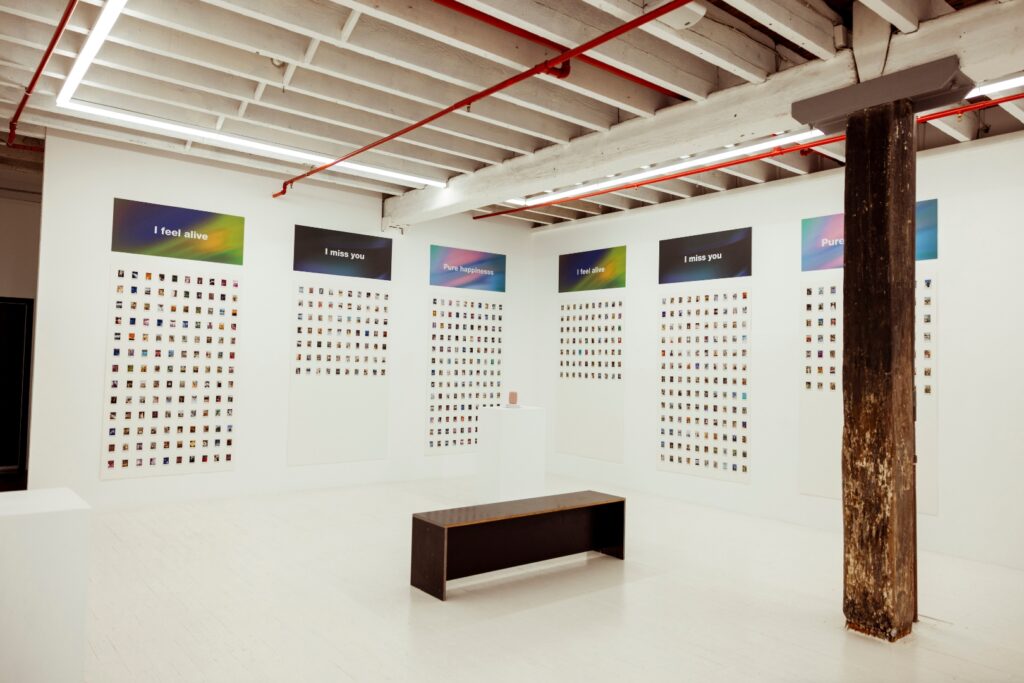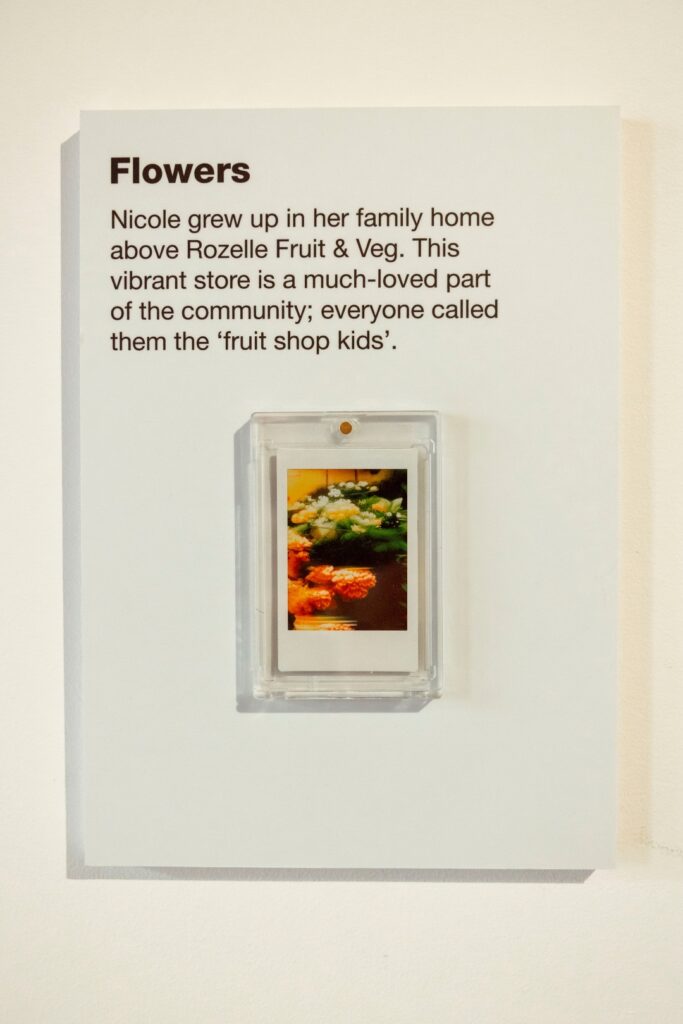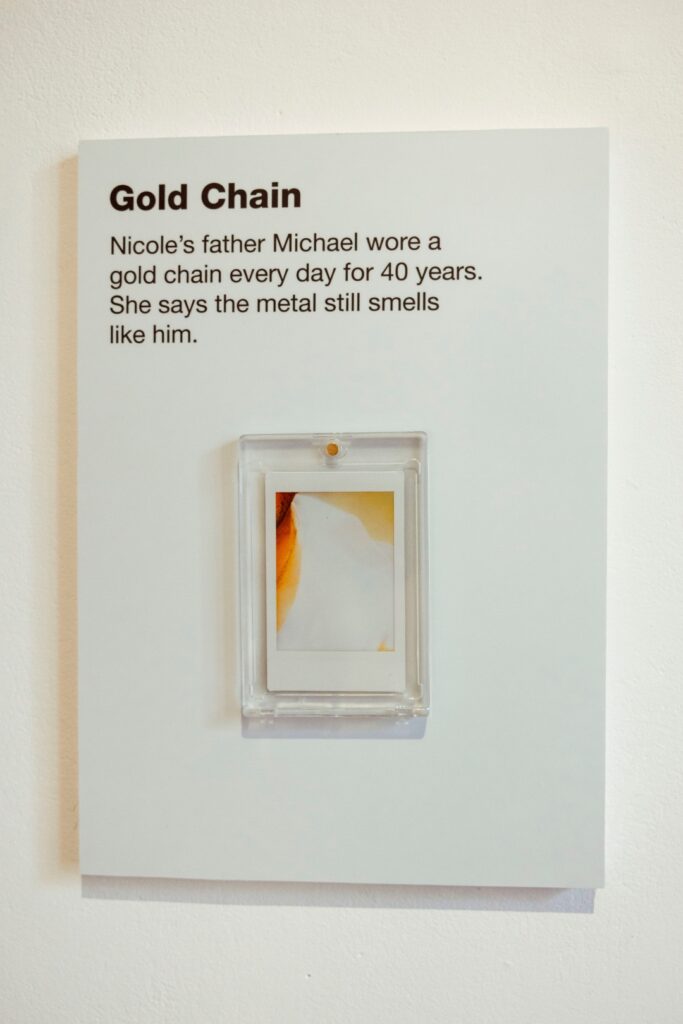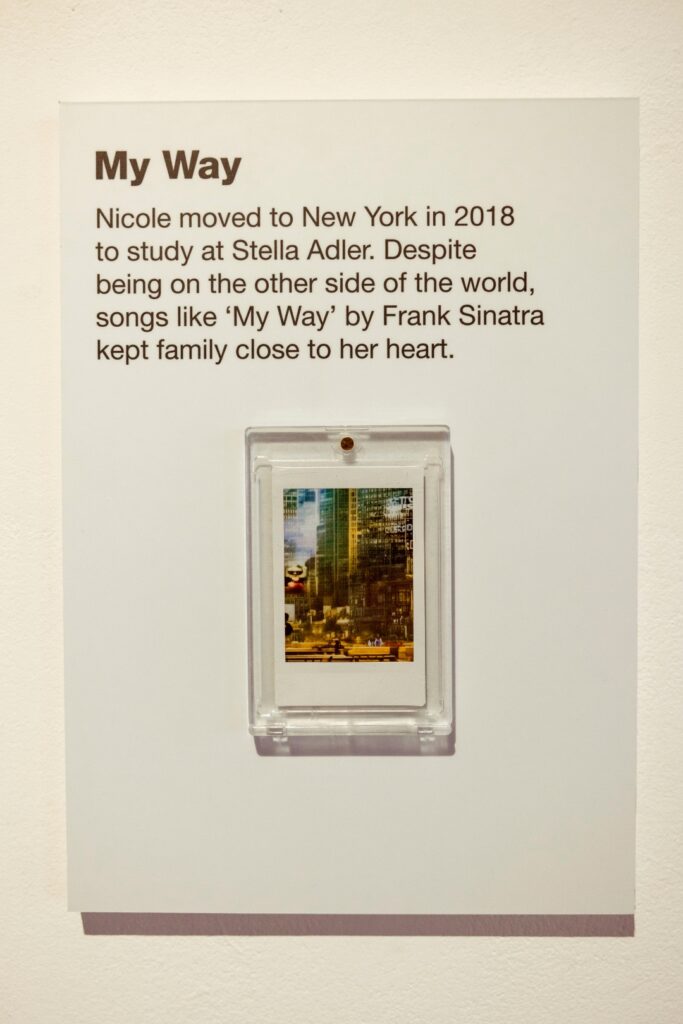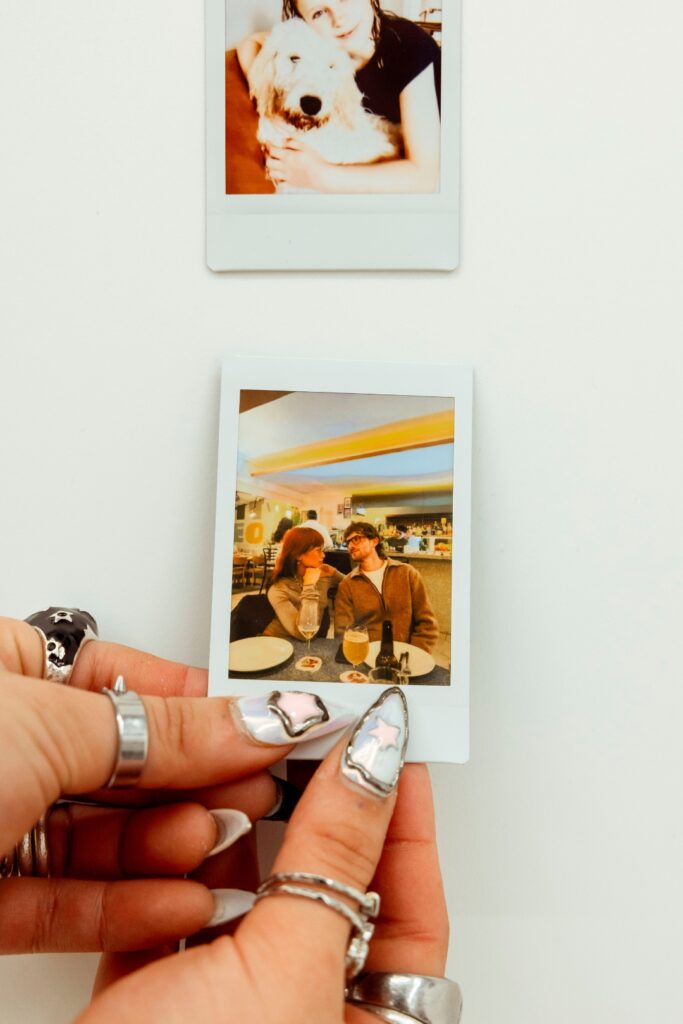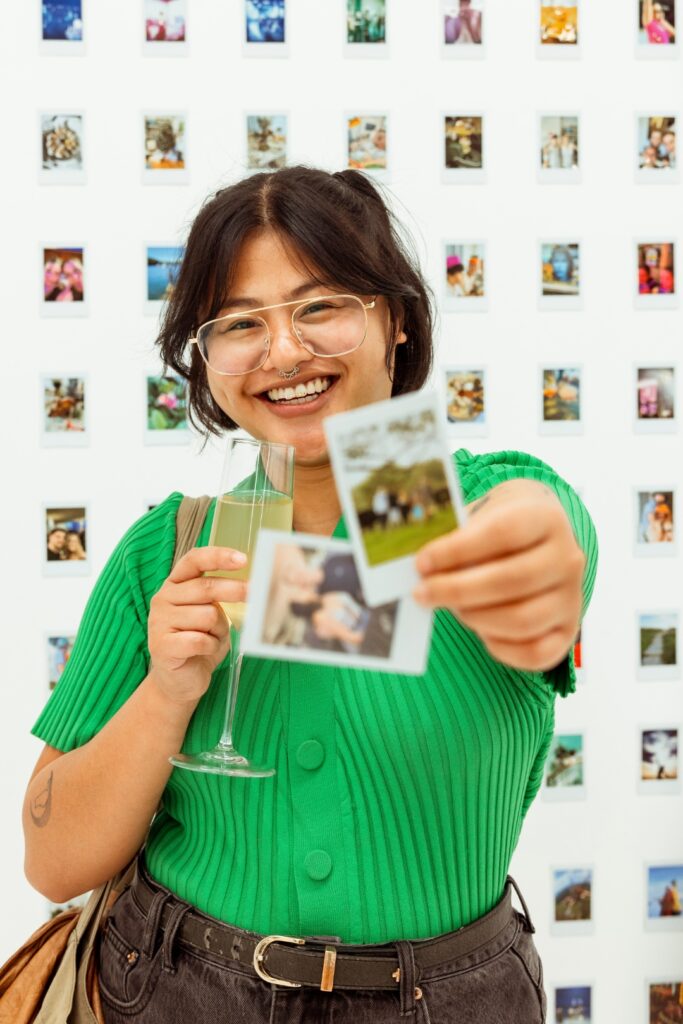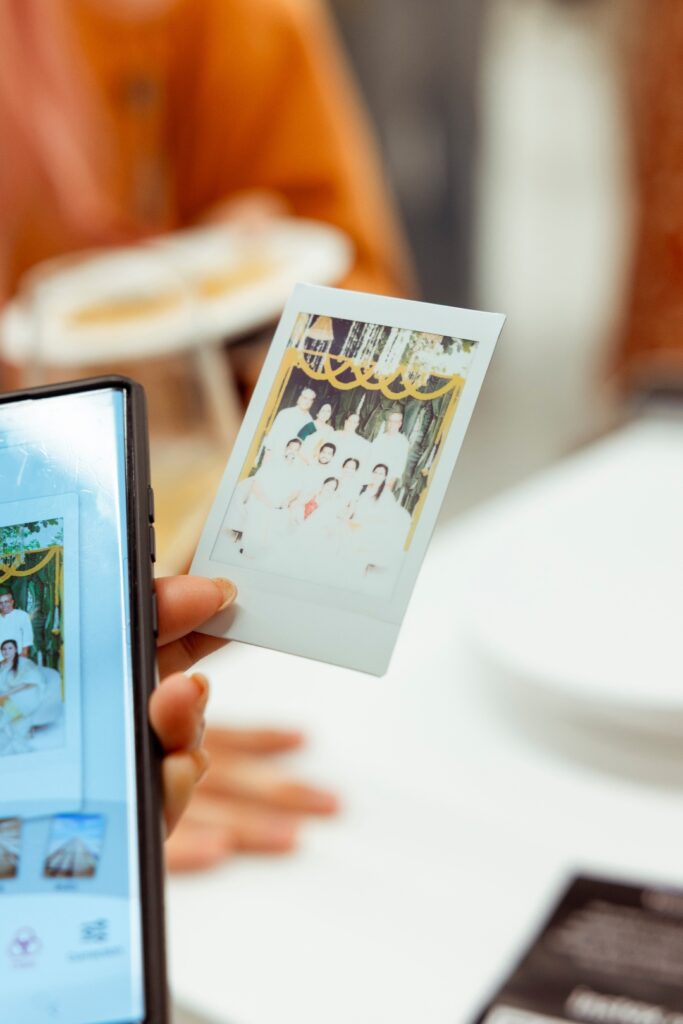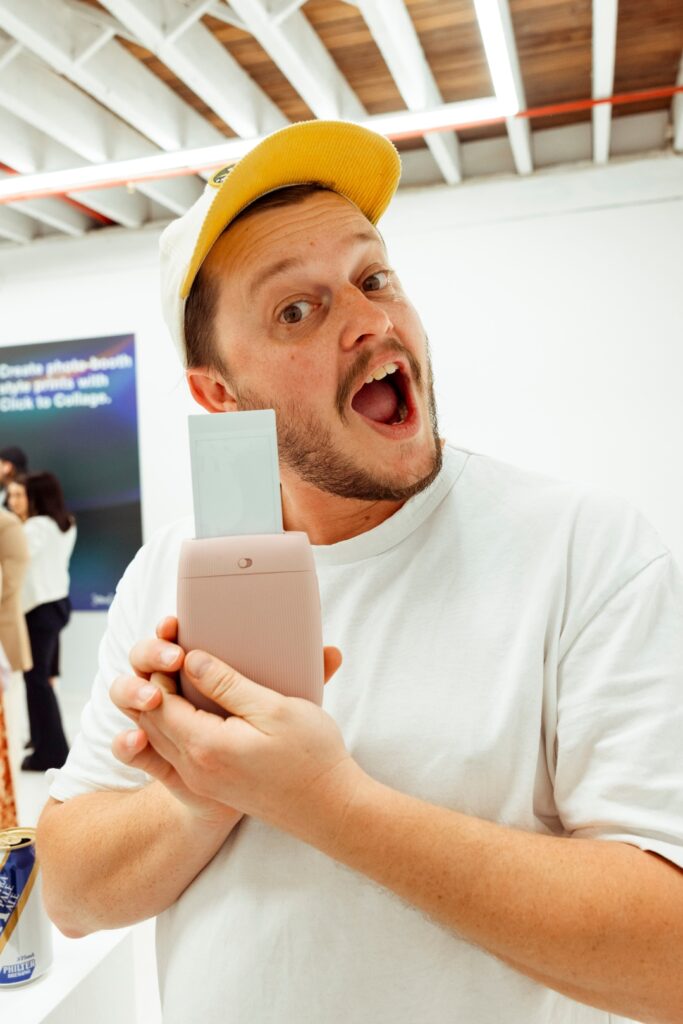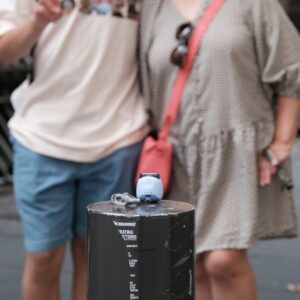Exploring [Mind]ography and printing memories with the mini Link 3
New research commissioned by Fujifilm shows that Australians are losing precious memories every day. 57% of young Australians have lost a precious digital photo and didn’t have a physical copy.* So, how do you share a memory if you do not have a copy except for the one you remember through feelings and sentiments? That is what sparked this project and ultimately the experiment of [Mind]ography.
Working with a team of leading researchers, INSTAX has created the world’s first printed memories, in a groundbreaking experiment called [Mind]ography that sits at the intersection of science and art. Led by Research Scientist Dr Paul Scotti, this experiment combines Functional MRI (fMRI) brain scans and cutting edge machine learning to literally reconstruct memories from the mind. With the support from Research Imaging NSW (RINSW), Dr Scotti trained his AI algorithm to recognise the unique brain patterns of Nicole Toum, a social worker from Sydney, Australia.
The experiment focused on core memories that Nicole hadn’t captured in photos. Having lost her father in 2018, Nicole chose three memories to be reconstructed through [Mind]ography which encapsulated the feelings she recalls and constructing these visualisations and experiences into whole images.
“This is literally cutting-edge, mind-reading research,” said Dr Paul Scotti, a leading Research Scientist. “We scanned Nicole’s brain as she was seeing and imagining thousands of images, teaching a machine learning algorithm to recognise her brain activity. Then we scanned Nicole’s brain as she imagined her personal memories, and used AI to create a visual reconstruction of what she was imagining.”
Dr. Scotti explains, “These images aren’t just a 1 to 1 copy of what she saw in the past. They reflect more brain activity than that – her history, her memories, her emotions. So the outputs are more meaningful, I think.”
For INSTAX, memories have always been at the heart of the brand. Mary Georgievski, General Manager of Photo Imaging at FUJIFILM Australia, says, “We are thrilled with the results of the [Mind]ography project, which has seen a talented research team bring to life precious memories from Nicole’s mind and make them tangible to share with the world."
Nicole’s memories became the centrepiece of an exhibition at China Heights Gallery, where the printed memories were displayed. See the results below!
Millions of memories are at risk - don't let them fade! On average, young Australians have over 6,500 photos on their phones, and 40% either haven’t backed up their photos in the past year, or can’t remember when they last did.* Using the new mini Link 3, you can print your memories directly from your camera roll so that you can keep them forever. See all the memories we collected during our launch event from all our attendees!
Want to learn more about the [Mind]ography process? Visit the webpage here to watch the full process film!

About the mini Link 3
While the technology behind [Mind]ography may sound futuristic, INSTAX makes the magic of preserving memories accessible to everyone with the mini Link 3 printer. The smartphone printer allows you to instantly print your favourite photos, and with the brand new feature of the INSTAX AiR Studio™ and Click to Collage, the mini Link 3 takes the joy of memory-sharing to the next level. Available in three stylish colours—Clay White, Sage Green, and Rose Pink—the printer is designed to bring out your creativity. Personalise your prints with drawings, graphics, and filters, all with the swipe of a finger.
Buy now
* Research Source: Photo taking habits of Australians, national sample of Australians 18+ years old, conducted by Ideally using Dynata, September 2024



